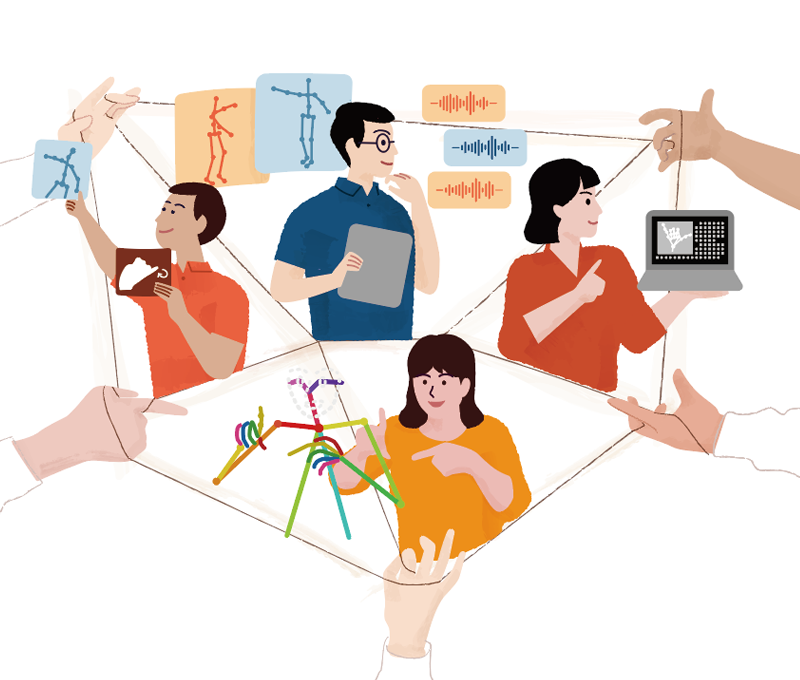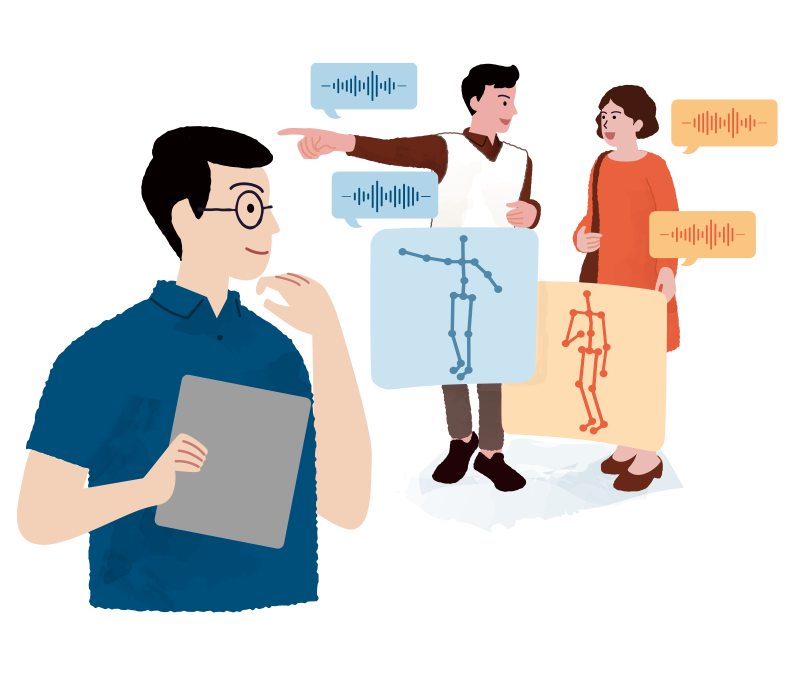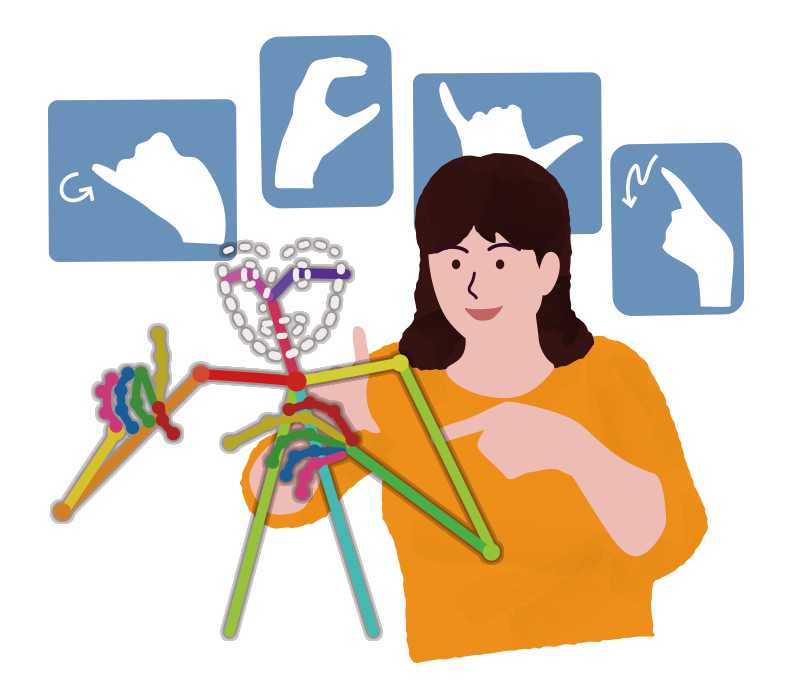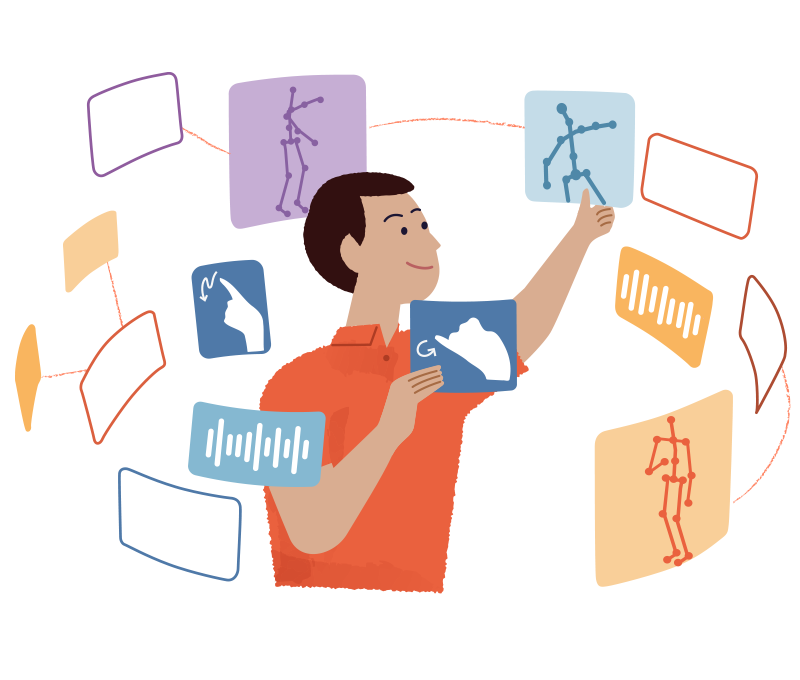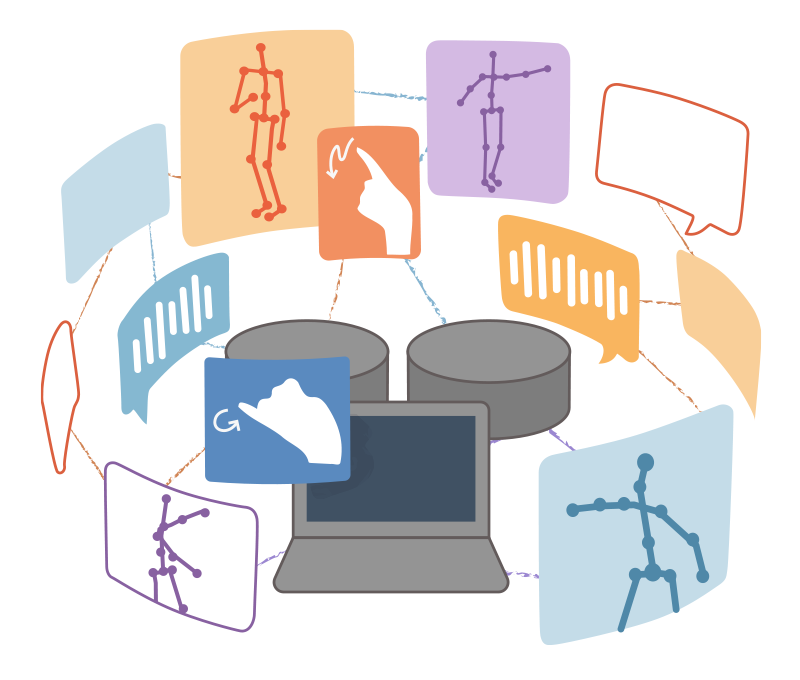X00:General Group
Establishment of an academic community and network for the establishment of body semiotics
The General Group provides a so-called "Tamariba" (hangout in Japanese, a place for information sharing and discussion). Specifically, the group holds open online meetings regularly to share the awareness of issues of interest to both humanities and science/engineering fields. Through these activities, the group aims to deepen mutual understanding of methods and trends in research fields different from their own and to accelerate the promotion of research fields.
